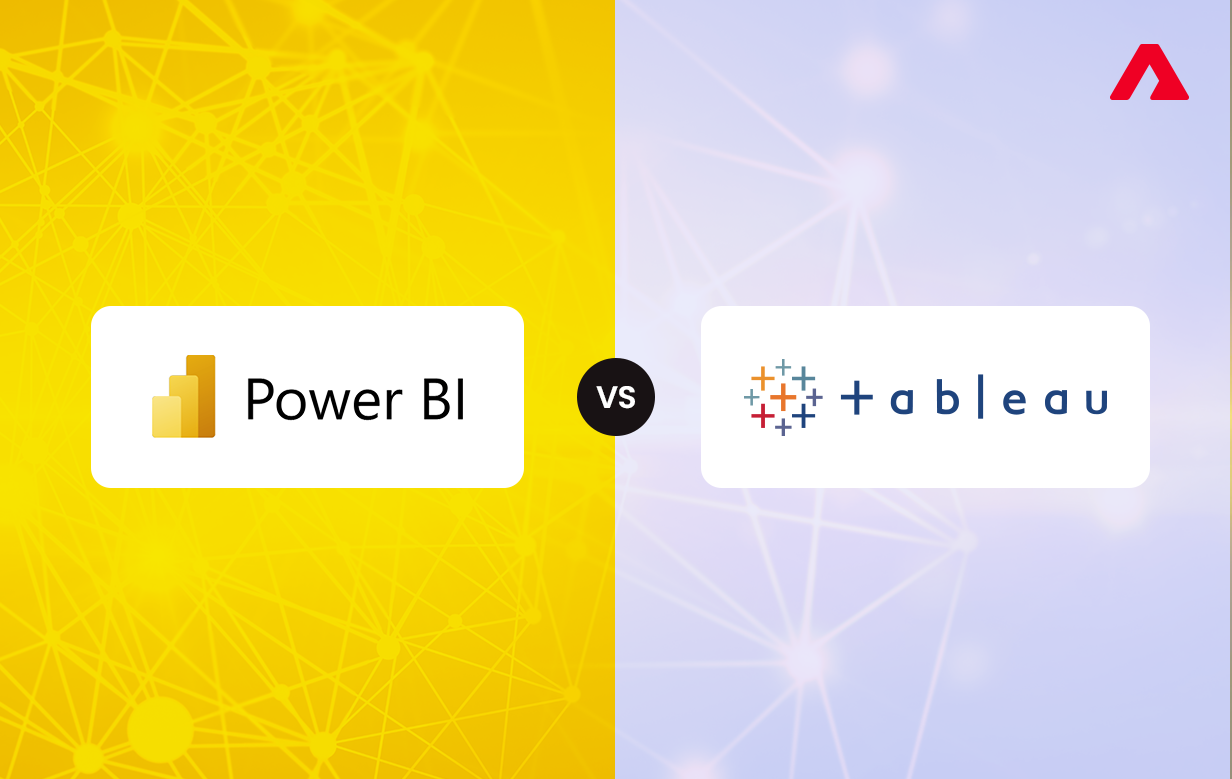During the pandemic, many companies have started a digital transformation project. They have invested in data and analytics programs and are using advanced tools.
They are increasing digital collaboration using next-generation software. It has automated the resource allocation based on the skill sets of the employees. It has also offered superior business reporting on the devices.
This has helped in better information sets. The need for these tools has also increased. It has helped data mining in a big way!
Many industries are delivering essential services in these times. Remote working is a major part of the system with support from IT teams.
This has improved training programs for remote working and digital tools. Cybersecurity assessment has also helped to highlight risks. Thus, employees can deliver great products to their customers.
This is the best way to give risk-free tools. It has helped to improve data mining tools.
But many companies have struggled to keep up with this change. It has taken leaders a long time to get insights and information. Various companies can’t track changing consumer preferences.
The lockdown has led companies to suffer due to insufficient information. Thus, they were not able to assess the risk to their operations. This has reduced the chances of risk.
Visual Analytics Tools during the Pandemic
Different companies have responded to the crisis in their ways. The varied responses have led to a common theme. The leaders need effective ways to receive, interpret, and act on the information.
This helps to add to the predictive power of an organization. The streamlining of data and advanced analytics help here. This will combine new sources of information to develop proprietary insights
Visual analytics tools are useful in extracting data. Users generate insights from information sources using these tools. The use of modern technologies enables mining information.
The interactive, visual, and graphic manner of the tools helps businesses. The software identifies the key trends. This helps to extract actionable business insights. The information is thus used across areas. The best use of it can be seen in interfaces.
What are the features and benefits of visual analytics tools?

- Interactive Data View: The tools help to reveal patterns behind ambiguous information. They offer interactive visual presentations for extra analytical insights that empower businesses. The tools thus enable users. They also help in creating dashboards. This is a great tool for the information view. It aids in mining data in a better way.
- Access Big Data Sets: Visual analytics software provides visualization of complex datasets. They help in the display of details through well-defined and graphical dashboards. This ensures better interpretation and ease of understanding. The details can be thus viewed better. It helps in making sense of data. The big data sets have a better use. It helps users to get information in sync.
- Exploration of Data: A professional tool is efficient for analyze real-time information. A centralized access point ensures better insights and ease of access to information. It ensures continuous information exploration for further analysis. The information set thus created improves access. As we can use it later for better output.
- Upscale Reporting: The visual reports created by such tools are quick to create and read. Visual analytics software offers automation of reporting and powerful dashboards. They create automated reports for real-time insights. The information tools are used in many ways. In case of doubts, the tool helps with good sets. If a user looks for visual tools, they can use them.
What is the best Tool for Analytics?
Below we list the five best visual data analytics tools. These tools will fulfill all your information analytics needs:
1. Tableau
Tableau offers strong information visualization capabilities. This enables users to create better business reports with the story-boarding feature. It enables information presentation in predefined charts.
They visualize changes across many periods. The use of these tools helps in the long run. The use of these tools aids businesses.
Tableau Big Data Analytics also takes care of geospatial interaction. Tableau also has many visualization options. Tableau’s visual analysis tool enables the users to perform ad-hoc analytics.
They also use predictive and prescriptive analytics. This yields trend lines and forecasts. The tools work with many interfaces. It helps with many types of needs.
2. Board
Board has a huge selection of data views, gauges, maps, widgets, charts, and tables. They help in detailed representation. The tool has great interactive dashboards with advanced charting features and interactive maps.
They help the users to gain spatial insights into the information. The tools include treemaps, bubble charts, waterfalls, and radar. It is a good tool for the information view.
Board also offers advanced analytics capabilities. This builds interactive and intuitive dashboards. It helps to create reports and analyses. The tool has an automated predictive modeling approach.
It helps with scenario analysis and accurate forecasting. This is useful in many systems. If a user needs good information sets, he can use the tool.
3. Power BI
PowerBI by Microsoft provides pre-built customizable dashboards. They unify key metrics into one view. It helps the users to build scorecards including guided navigation.
They also use advanced filtering and visualizations. It is useful in interactive analytics. If you need a tool for a better view, use Power BI.
It has Power View and Power Map features. They support information exploration. The tool comes with ad-hoc interactive reporting. Users also get Power View Add-in functionality.
The tool presents and shares insights. The rich storyboard presentation capabilities of the tool are good. If you need a strong tool, Power BI is your answer.
4. Spotfire
Spotfire has strong data visualization capabilities. It has over 16 types of visualizations. It provides insights that are easy to interpret. They spot trends and patterns.
Users get guided experience with this data. Users can communicate complex concepts through images and descriptions.
The solutions also guide users. They give the best representations of the data. Thus, the information view is better.
Spotfire also provides location analytics with geospatial interaction. These users help to create and view instant maps. They establish comprehensive connections between information and location.
It is thus used at a huge scale. You can mine the information to create a report. It is used by many users.
5. SAS Visual Analytics
SAS VA provides dynamic and strong solutions. Interactive visual intelligence solutions help users. The tool provides attractive analytical storyboards. It allows users to analyse data after mapping out the major actions.
SAS Visual Analytics enables storytelling and collaboration. It has Microsoft Office integration. This helps in the long run. Many charts are interactive.
It also supports auto-charting to enable users to start explorations. Thus, you can pick the best graph for the information. SAS Visual Analytics is enabled with chart suggestions and interactive animations. It gives data views.
The above-mentioned Visual Analytics tools help companies. The Data Analytics solutions help company leaders to make better decisions. They help organizations to focus on the process and integration.
They can thus promote culture and talent with the company. This leads them to the next stage. In this stage, insights and information are shared transparently across the entire company.
Thus, the issues relating to information ownership get resolved. The tools help to create a good culture.
The companies use a variety of AI/ML tools and algorithms. These Data Analytics solutions help to put all data to work. Thus, insights can be extracted beyond human capacity. This helps to create something that otherwise remains hidden.
Synopsis
This has helped businesses to build dynamic data models. These models take information from the company’s facility and location database.
This along with the employees’ home addresses and the third-party data creates insights. The daily risk report and mitigation strategy can be created. This helps company leaders in a great way.



 contact@atharvasystem.com
contact@atharvasystem.com
 Insurance
Insurance

























